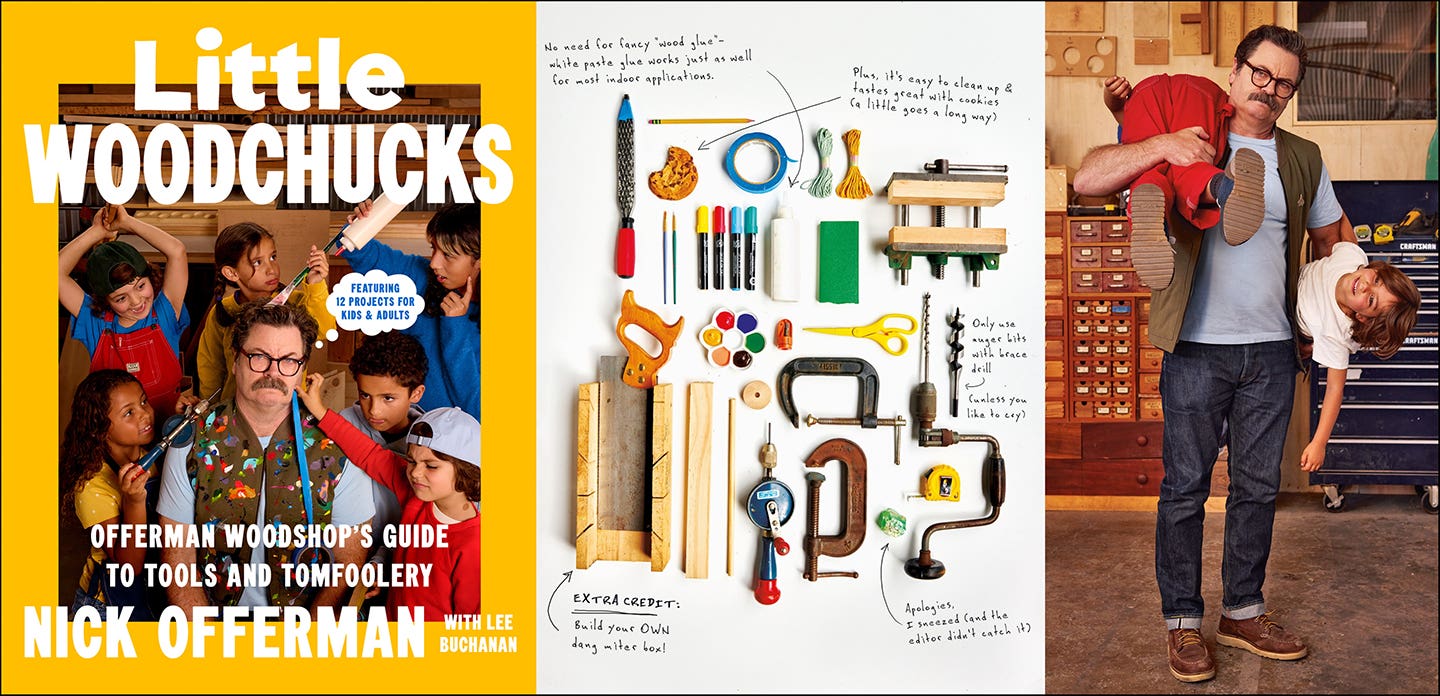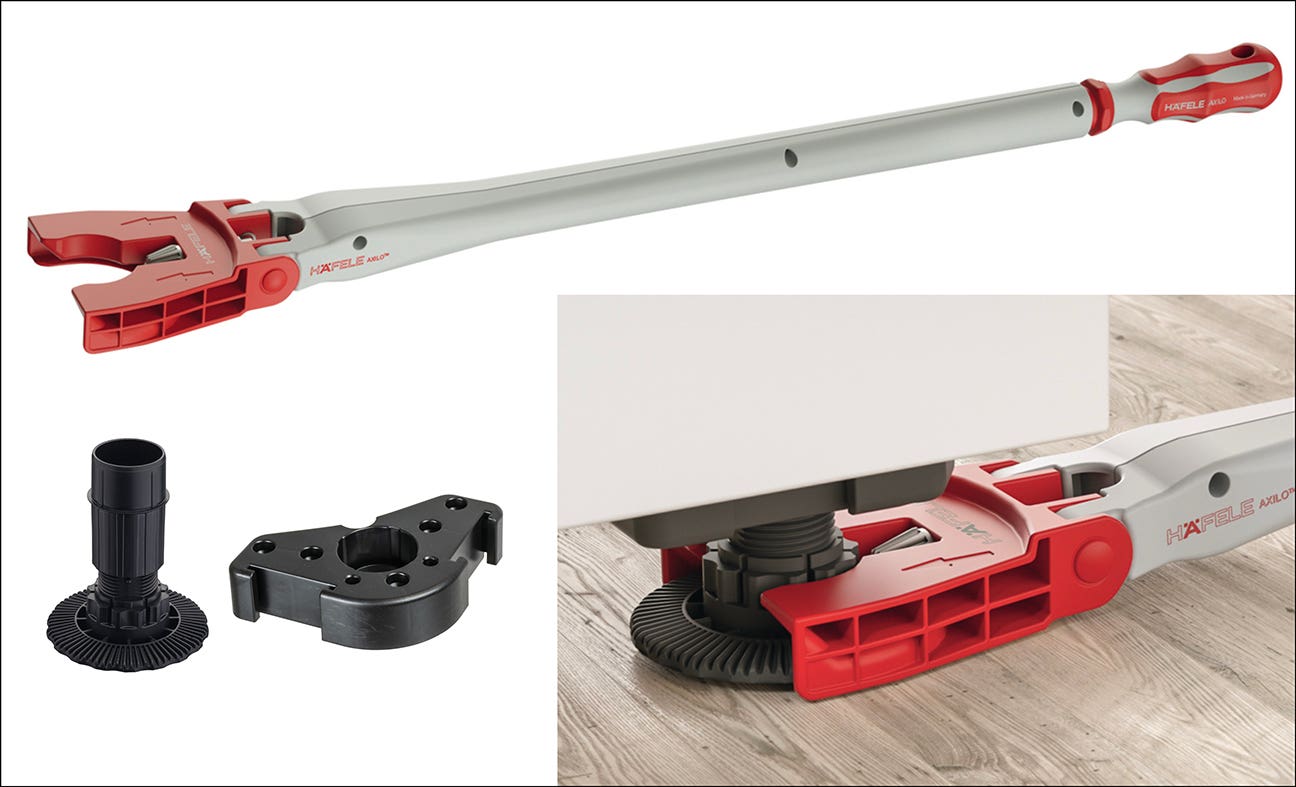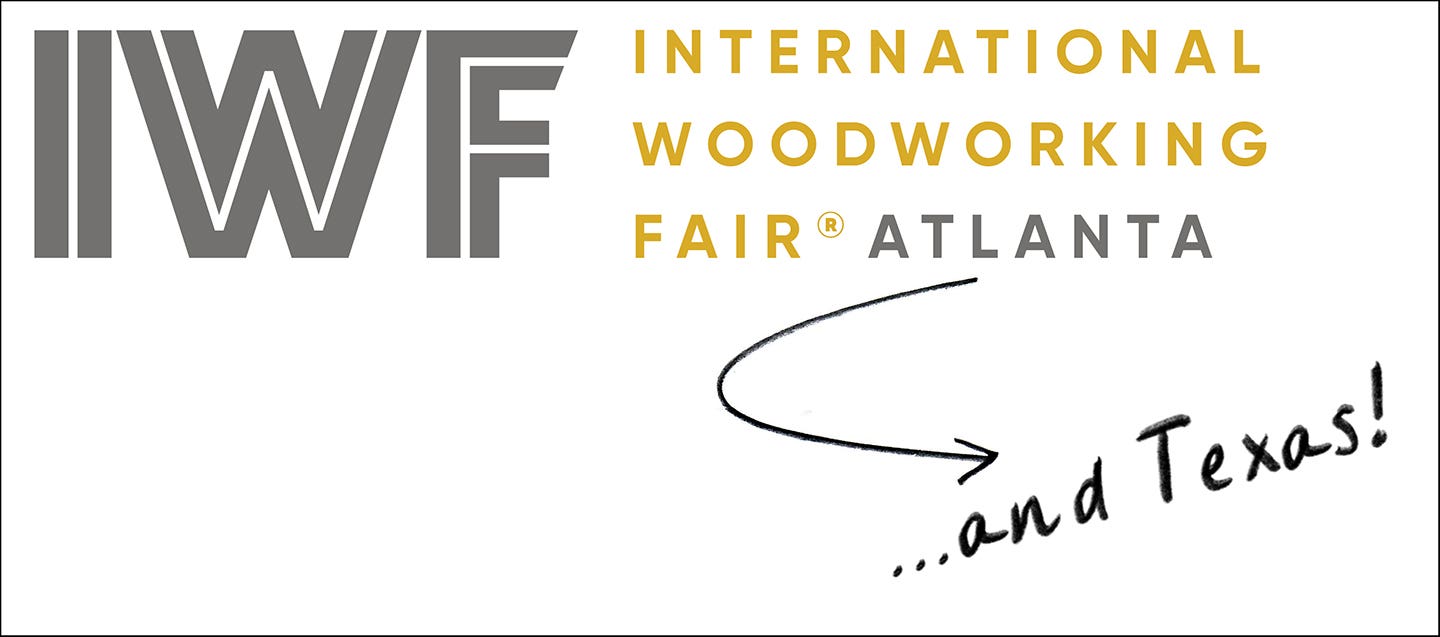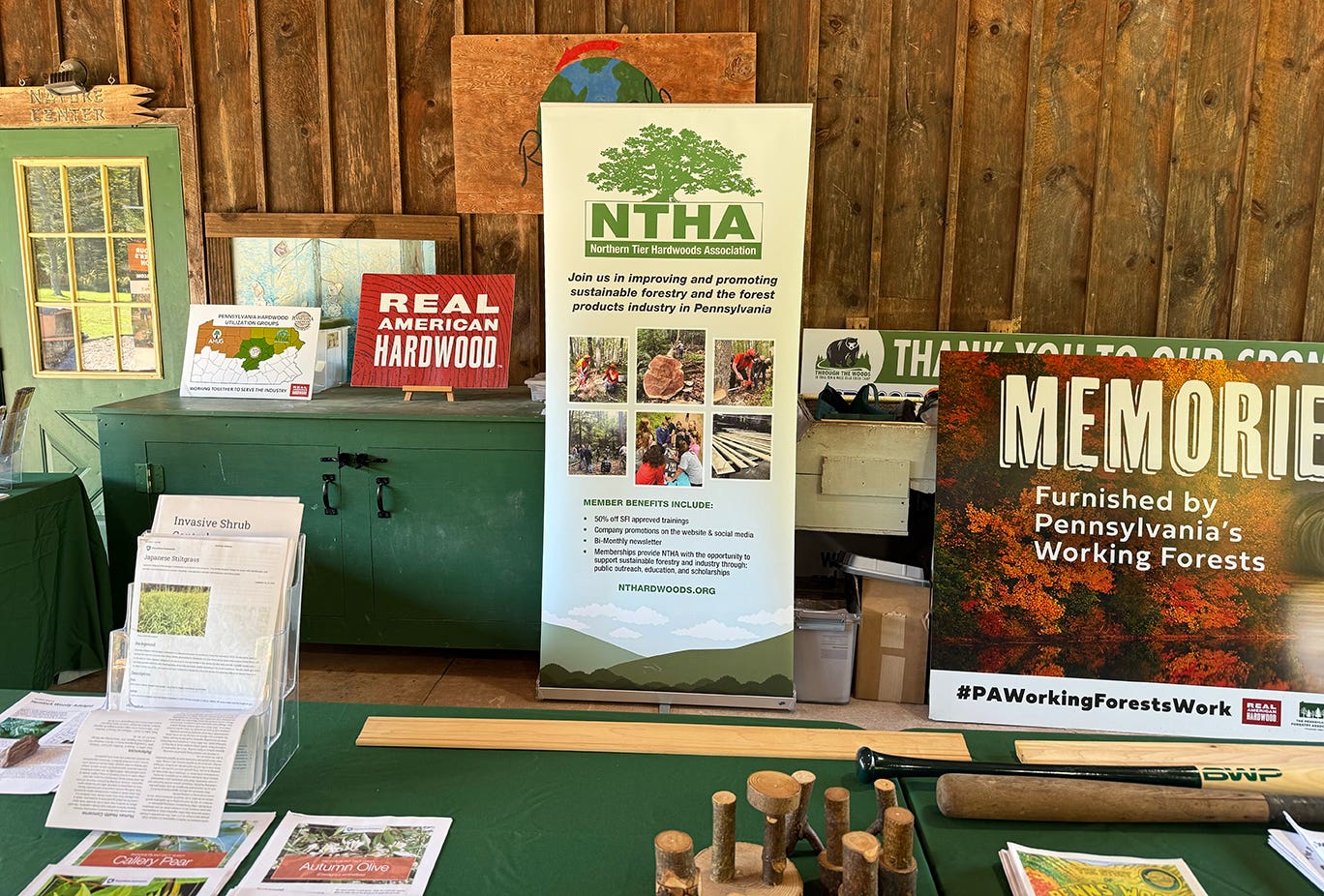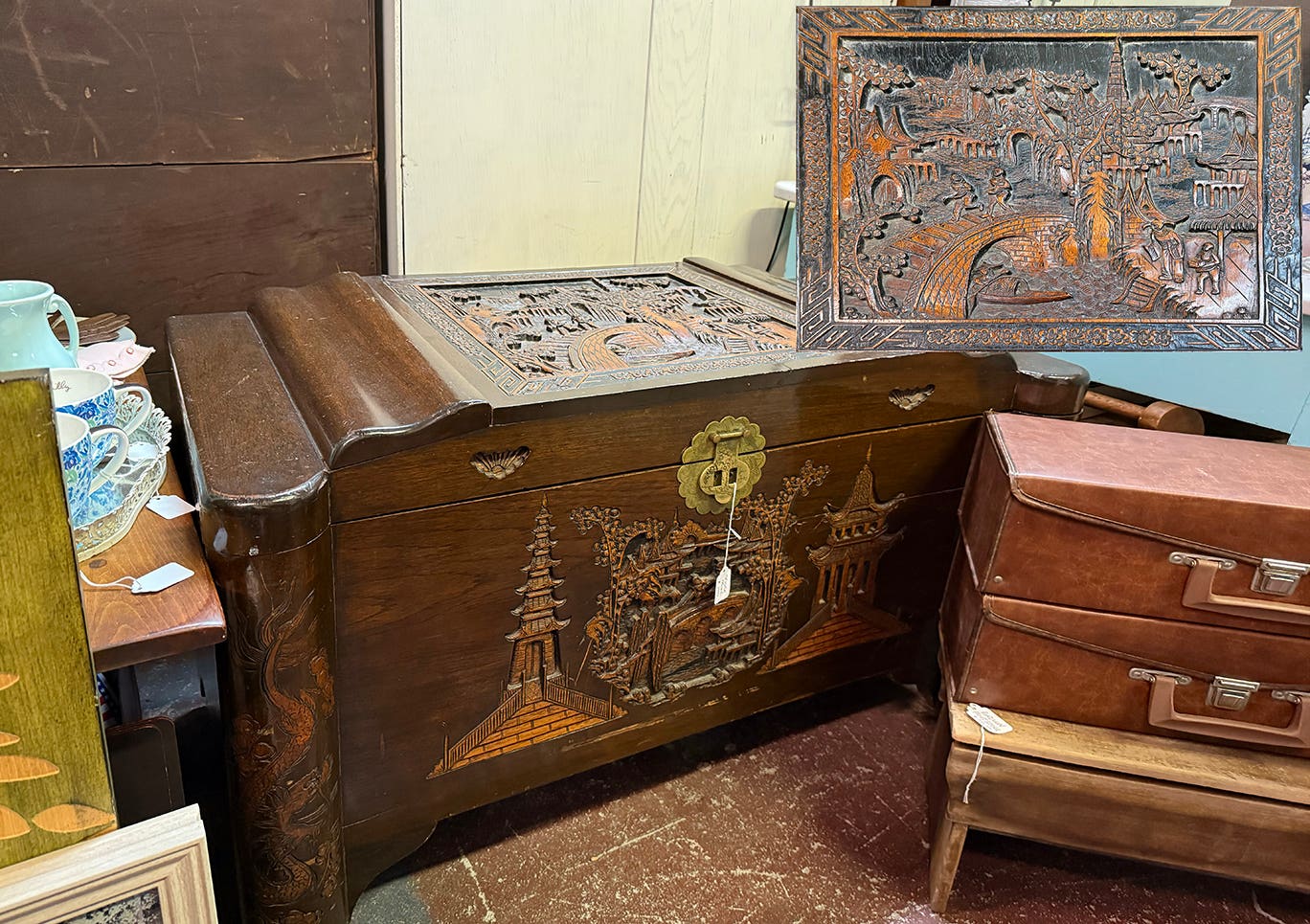Image editing
These days, digital photography has made it easy for anyone to get decent pictures of their work. It’s not really all that different from using film in terms of the…
These days, digital photography has made it easy for anyone to get decent pictures of their work.
It's not really all that different from using film in terms of the level of manipulation that can be done with the camera itself. You can still control exposure, film speed, depth of field, etc. Where the real advantage lies is in the ability to work with the images after they have been captured.
It is so easy to download images from the camera into the computer instead of sending the film out to be processed or spending hours in a smelly dark room. Once your images are in the computer, you can sit at your desk in a comfortable chair with the sun streaming in through your window and work away to your heart's content.
Of course, in order to actually edit your images, you need software and for many, therein lays the rub. Image editing software can be expensive and with some applications, the learning curve can be steep. The go to application for editing still images is Adobe Photoshop, which can run upwards of $600 and is not easy to learn. But there is also Adobe Lightroom which many pros prefer for adjusting still images and is much less costly.
And then there is Photoshop Elements which packs nearly as strong a wallop as the full version of Photoshop but can be had for well under $100. There is also PaintShop Pro (formerly offered by Jasc, now by Corel) that used to be called the poor man's Photoshop because it cost a fraction of the price. Before I went back to using Macs in the late 1990's, PaintShop Pro was my favorite image editing app. And for those who want the least expensive option possible there is the open source GIMP which is available for free download from a number of sites on the web.
And if you are fortunate enough to be a Mac user, you should find, in your applications folder, a program called iPhoto which has a lot of adjustment and retouching tools that can do a decent job of basic image editing.
D.D.
David DeCristoforo possesses an extensive resume as designer/maker of fine furniture, high-end cabinetry and architectural woodwork. His experience in professional woodworking spans a period of 35 years. For the past 20 years David DeCristoforo Design has been located in Woodland, California. During this time David's shop has ranged in scope from a "full on" cabinet production shop with as many as 15 employees to a small fine furniture and custom millwork shop, working with his son, David RBJ, a highly skilled maker in his own right.


